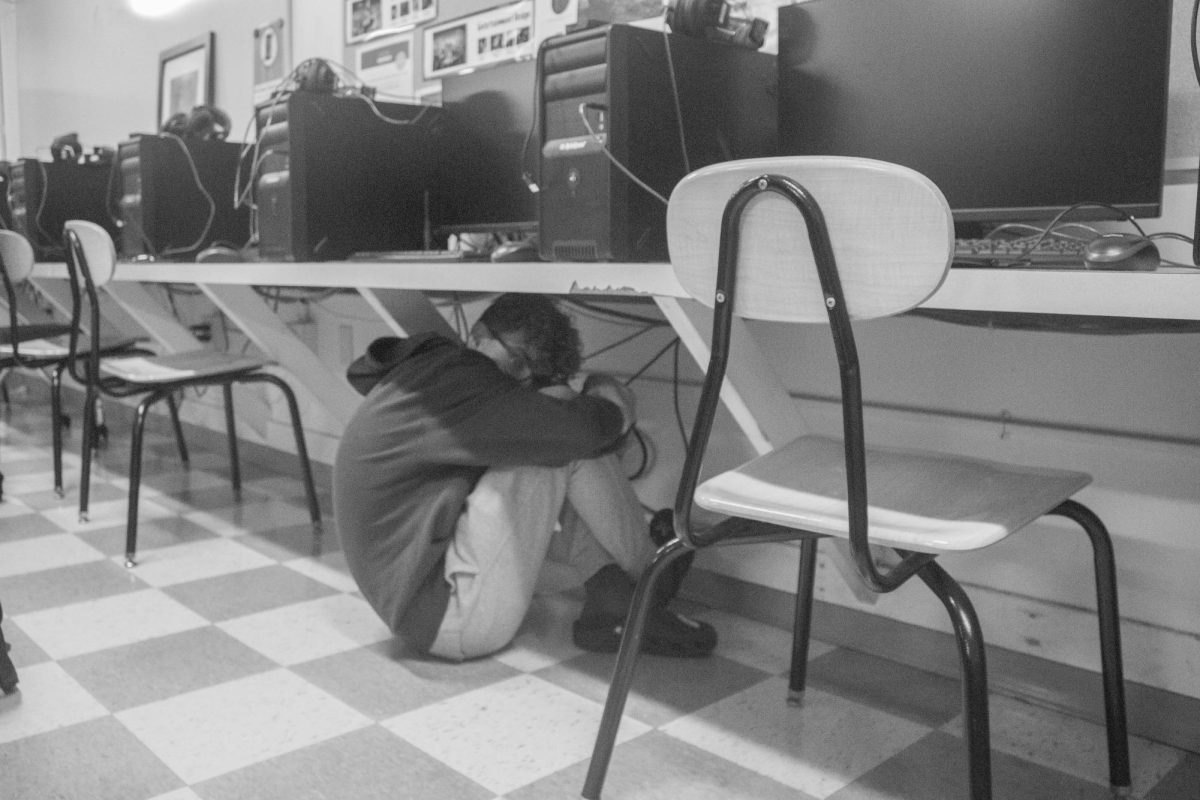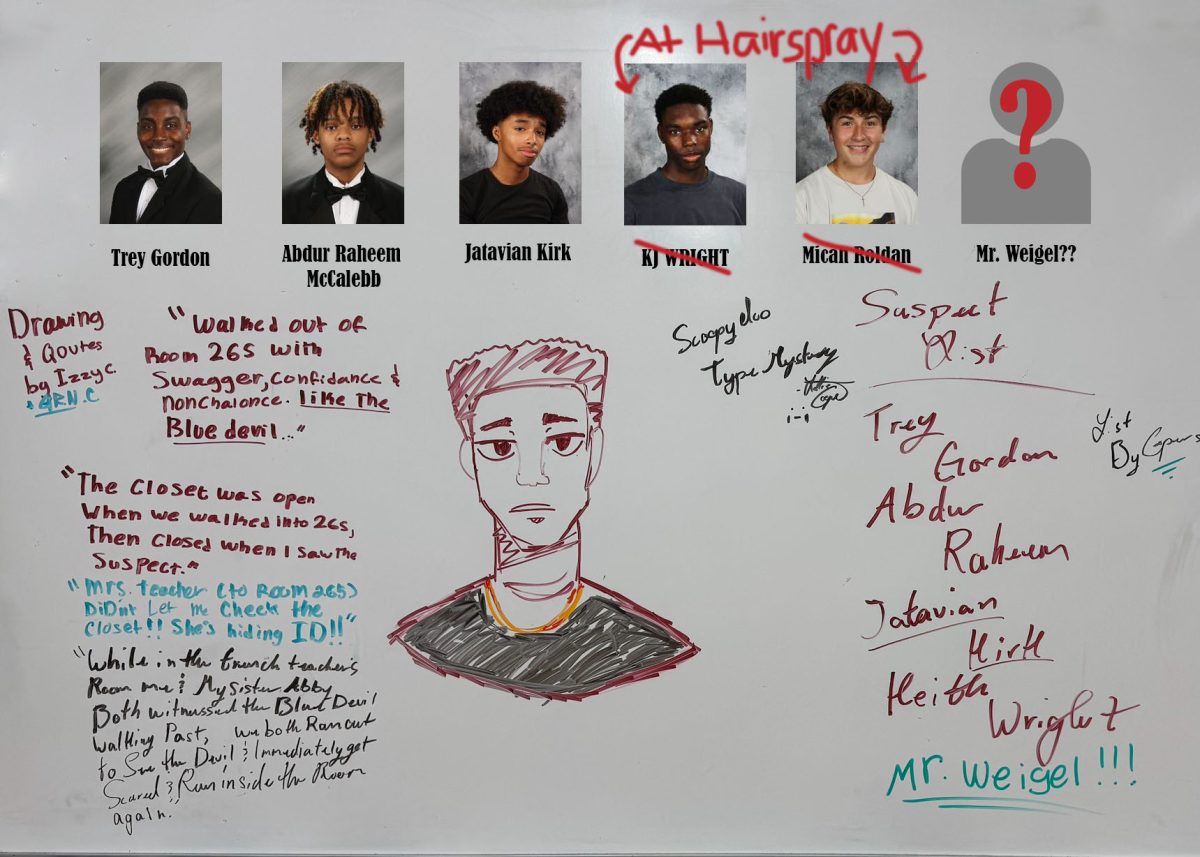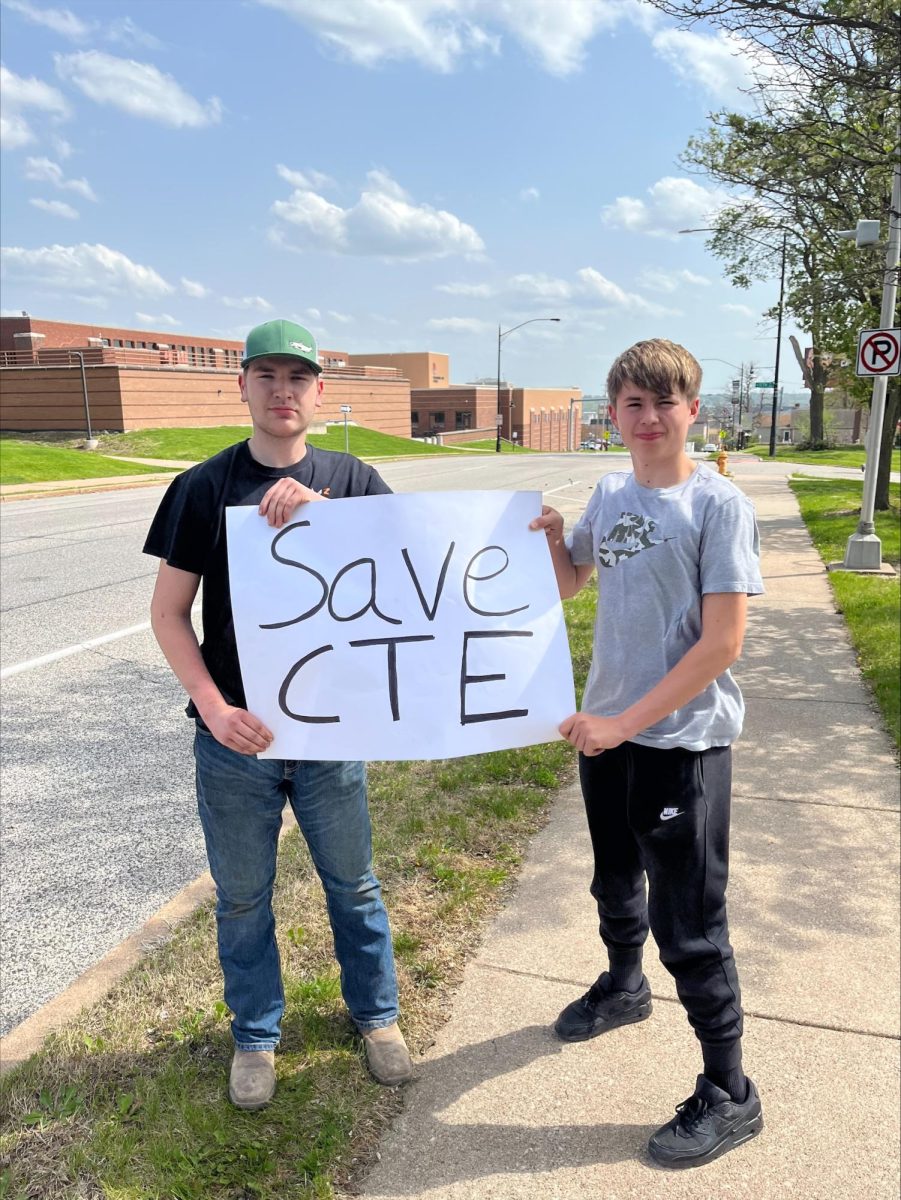The United States government has been shut down since October 1st, marking the longest shutdown in U.S. history. What began as a political standoff has now stretched beyond 42 days, surpassing the record set by the 2018–2019 shutdown. With no definitive end in sight, millions of Americans have been impacted, from unpaid federal workers to families relying on government programs like Medicare, Medicaid, and SNAP benefits. Despite repeated votes in the Senate and increasing pressure from both parties, progress remained slow until a funding bill finally began moving through Congress in early November.
At the start of the shutdown, senators failed for the tenth time to resolve the impasse. The Senate Majority Leader, John Thune, sent everyone home for the weekend, signaling that negotiations would be delayed yet again. “The conditions we’ve stated are the same ones,” Thune said, referring to the Republican position that Democrats must agree to reopen the government before negotiating on health care. The House had already been out of session since September 19th, with no plan to return until the shutdown was over. Thune’s office later announced plans to introduce a bill that would ensure federal employees and military service members continued to be paid, a critical move for those struggling to stay financially stable while working without pay.
By day 30 of the shutdown, Senators expressed optimism about bipartisan talks. “Talks among rank-and-file senators have ticked up significantly,” Thune said, but he added, “the conditions we have stated are the same ones.” Despite these signs of progress, the shutdown was beginning to have tangible consequences for American families. A shortfall in food aid benefits loomed, missed paychecks piled up, and rising health insurance premiums were adding further pressure. These issues only amplified the Democrats’ key argument that the shutdown was hurting ordinary citizens more than it was advancing political goals.
As the shutdown dragged on into day 37, President Trump began pressuring Republican senators to reach an agreement. Following a series of Democratic victories in key elections, Trump stated during a breakfast meeting at the White House, “We must get the government back open soon and really immediately.” His shift in tone reflected growing public frustration and the economic strain being felt across the country.
Finally, on day 42, there was a glimmer of hope. The Senate approved a funding bill in a 60–40 vote, sending it to the House for final approval. The legislation extended funding for most agencies until January 30, with some areas receiving full-year funding. House Speaker Mike Johnson urged members to return quickly to Washington, despite travel disruptions caused by the Federal Aviation Administration’s flight restrictions. Once the bill reached the President’s desk, he was expected to sign it, officially bringing an end to the longest government shutdown in U.S. history.
While political leaders debated, ordinary citizens faced very real consequences. Mrs. McDermott, a teacher at Davenport Central High school expressed deep concern about the human impact, “I remember the last few years there has been a lot of times the government has been threatening to be shut down, but it never actually happened.” She explained that most people, herself included, didn’t take the warnings seriously. “So when they were starting to threaten it again in September, I didn’t think too much of it and I don’t think many people did.” As the shutdown stretched into record-breaking territory, she worries about the children in her community, “I literally was laying in my bed reading an article and I was like, I’m going to have to bring food in, like I’m gonna have to feed these kids because there’s going to be a lot of them not eating, and that’s not okay.”
Another student, who asked to remain unnamed, described how the shutdown was affecting his/her family’s ability to afford food. “Pretty bad,” he/she said. “It hasn’t happened yet, but with the effect of November food stamps going away and all that, that’s gonna really suck for my family especially, because we really rely on it.” With both parents working and still struggling to make ends meet, the loss of government assistance could be devastating. “The bills are already high enough and we have to take care of medical issues” he/she added. “We just can’t afford that, and when my brothers come over every other weekend, that’s two more mouths to feed. We need the money for food, and without that, it’s just a pain.”
As the political standoff persisted, the ripple effects spread far beyond Washington. Teachers like Mrs. McDermott and families relying on food benefits found themselves caught in the middle of a crisis they did not cause. The government shutdown exposed the vulnerability of millions of Americans who depend on stable public services and paychecks. While the eventual passage of a funding bill brought relief, it also served as a reminder of how deeply political gridlock can affect ordinary lives.
In the end, the 42-day government shutdown was not just a political event; it was a national hardship. It underscored the importance of cooperation and communication in government and highlighted the human cost of partisan conflict. As Mrs. McDermott reflected, “Now that it’s happening, we realize how terrible and detrimental it is.” Her words capture the sentiment of a nation that endured the longest government shutdown in its history, desperately praying it will also be the last.














